Facemasks are deceptive. They often come off as interchangeable, with one being just as effective as the other. Unfortunately, this misconception can cause a lot of grief for those who want to get the most out of their facemask. These masks might have only become prominent in the U.S. due to the pandemic, but they have been around long enough for distinct models to be developed. Most mask designations indicate the protection level of the mask, but they can also help determine which masks are among the best available. It also helps determine a few other key details about the masks that could influence your next purchase.
Among the current popular mask models are the PM2.5 and N95 masks, the latter of which you probably first heard of during the COVID-19 pandemic. However, the differences between these two masks might be a mystery to you if you have not done much research into masks beyond where to purchase them. These masks have several unique traits that distinguish them from one another, but the question of whether they are truly different from each other remains. This article will focus on detailing these masks and whether they have any fundamental differences that might make using them simpler.
What is a PM2.5 Mask?
A PM2.5 mask is not your run-of-the-mill surgical mask. A PM2.5 is a particulate mask designed to conform to your face. A PM2.5 mask is also not a brand of a mask, but a type of mask meant to protect from a specific level of particulates. The masks themselves are tighter fitting and have fewer pleats in the stitching. Some models also have an exhalation valve to filter the air properly. What truly makes a PM2.5 mask unique is that they have been used for decades in countries like Japan as pollution masks.
Your average PM2.5 mask will come with a few disposable filters designed to filter out particulate matter that is 2.5 micrometers or less, which is where this model gets its name. The masks are also made from a slightly denser material than more common mask models due to their design focusing on protecting against pollutants and germs. Most face mask manufacturers and vendors offer PM2.5 masks among their products, but this information will rarely be in the name.
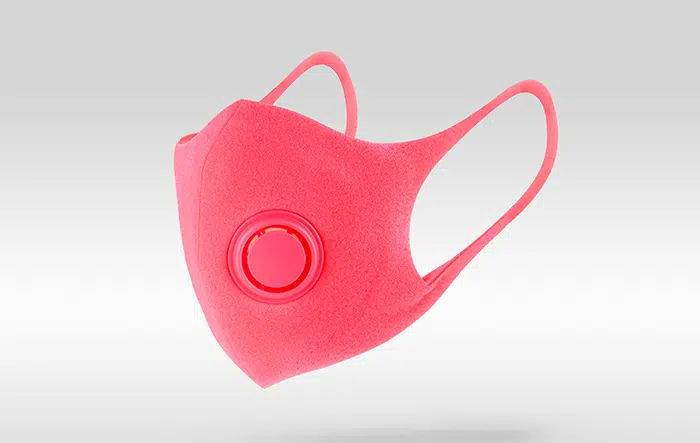
Instead, you will need to look at the product details to determine if the mask you are purchasing is a PM2.5 model or not. Additionally, the filters can be purchased separately and placed in other masks to try and compound the filters’ effects on another mask that might lack such capabilities. The filters are made with something called melt-blown fiber, a fiber made via high-speed gas blown at a nanofiber mesh. This material is the same as the fibers used in modern surgical masks, and a layer of carbon fiber is inlaid in the fiber to eliminate bacteria.
Put plainly, a PM2.5 mask is less of a mask and more of a filter designed to filter pollutants as large as 2.5 micrometers. However, some masks are sold with these filters and are designed to conform to the filter size. While PM2.5 masks are impressive, there is still concern about the N95 model of face masks.
What is an N95 Mask?
An N95 mask is likely a type you had heard of before, as they came highly recommended as the pandemic grew more prominent. An N95 is technically considered a respirator instead of a mask and is heavily favored by the Centers for Disease Control and Prevention (CDC). These surgical respirators can come in many shapes and colors, but the core design is essentially the same across all models. The N95 is also one of the older masks still in circulation today. The N95 was invented by a Taiwanese-American researcher named Peter Tsai in 1995.
N95s, while tight-fitting, do not have disposable filters as standard. Rather, the filter is usually built into the mask, designed to be temporary rather than reusable like cloth masks. The N95 respirators became more common in the United States during the COVID-19 pandemic due to their filtering properties. It is named an N95 because it is known to filter out 95% of pollutants in the air, rendering it one of the most effective respirators available.
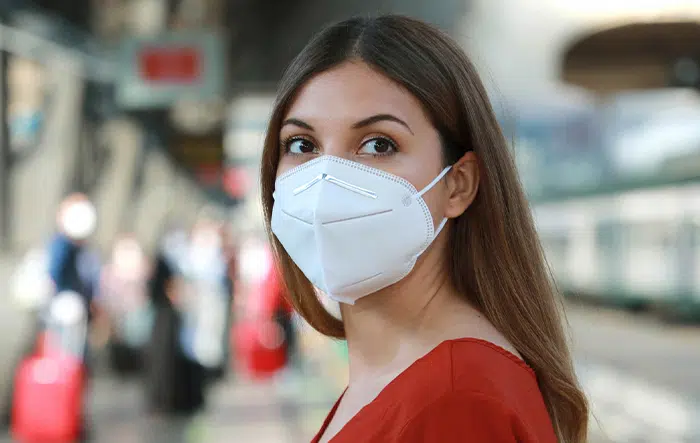
However, using an N95 respirator is a little more complicated than its more common cousins due to the tight fit affecting the seal. As a result, those using an N95 will likely need to perform a seal check when using the mask to ensure it is properly sealed. This is not quite as common in some other masks, but the seal of the N95 is what makes it a valuable tool when filtration is paramount to your health.
While N95 masks are effective, we are here to determine how they stack up against a PM2.5 mask. So, now we must assess the differences between these two mask types so you can make an informed decision.
PM2.5 vs. N95 Masks
While PM2.5 and N95 masks are distinct, the differences in their functionality might be a mystery to some. However, key differences between an N95 and a PM2.5 filtered mask affect how useful they are. This is not to say that one is inherently better than the other, but there are certain situations where an N95 is mandatory and others where a mask with a PM2.5 filter will handle the job just fine.
One of the main differences between these masks is the filtration capability. As we mentioned before, the naming conventions of these mask types indicate the number of particulates they can filter so that we are not inhaling anything toxic. Both N95 masks and PM2.5 filters were approved for use against COVID-19 because they both boast high filtration percentages. However, one has a higher filtration rate than the other.
- N95: An N95 respirator, on its own, can filter out 95% of all contaminants and pollutants.
- PM2.5: A PM2.5 filter can filter out between 60% and 90% of all contaminants depending on the filter grade.
While a PM2.5 mask performs admirably and is a recommended tool when using a reusable mask, the top grade PM2.5 is outperformed by an N95’s filtration by a margin of 5%. The real key difference is what each mask can filter. The N95 can keep certain materials out of your face that a PM2.5 mask is not equipped to resist. This is why the masks tend to circulate among different crowds.
The main goal of the mask mandate throughout the pandemic was to protect against contaminated air, where the virus could travel from one person to another. However, some masks can protect against more than just air, which begs the question of how a PM2.5 filter varies from an N95 in this regard.
- N95: An N95 respirator can protect against airborne and liquid particles.
- PM2.5: A PM2.5 filter can protect against airborne particles only.
This difference is because an N95 is designed to seal your mouth and nose away from the elements. In comparison, a PM2.5 filter has no seal and is instead used to filter particles from a mask that is not closed off. For this reason, the N95 is primarily used for environments with more contaminant sources. These seals serve as the next major difference, but the PM2.5 filters are primarily used in conjunction with tight-fitting masks to maximize their efficiency.

The size of the particulates that these masks can filter out is also a major difference.
- N95: An N95 respirator can filter out particulates as small as 0.3 microns.
- PM2.5: A PM2.5 filter, as previously mentioned, can filter out particulates that are 2.5 micrometers or less.
While PM2.5 filters can filter out small particulates, the N95 can filter out even smaller ones. However, the N95 is not superior in every sense of the word. While protection is the main goal of a respirator or mask filter, there is also the question of comfort. While comfort should never be prioritized when it comes to health tools like this, there is a key difference between how using a PM2.5 filter feels against how an N95 respirator feels. A PM2.5 filter is easier to breathe out of than an N95 respirator. This is not to say that you will suffocate by opting for the N95, but you will find breathing a little more comfortable when using the PM2.5 filter.
Next is who is meant to wear these masks. A PM2.5 filter is not quite as secure as an N95 mask because the filter was created long before the pandemic. However, it was still very prominently used among citizens in Asia because it offered protection from pollutants and germs in the air. In contrast, an N95 is more protective and can resist liquids and airborne particulates. This begs the question of who was in mind when these devices were created.
- N95: The N95 respirator is an industrial piece of personal protective equipment that medical professionals use. It protects against more environmental factors because medical professionals are exposed to locations rife with airborne and physical contaminants.
- PM2.5: The PM2.5 filter is a civilian-grade piece of personal protective equipment meant to be used by the average citizen. Because we do not usually find ourselves in polluted environments, protection from airborne particulates was the priority.
These key differences can heavily influence the mask you choose to employ for your needs. Ordinarily, we would cover which mask you should consider based on your needs and intended use. However, the most common use for masks nowadays is protection against COVID-19 and other airborne diseases. This means the only question left is which you should choose.
Which One Should You Choose?
Choosing between an N95 respirator or a mask fitted with a PM2.5 filter might seem like an obvious decision. However, there are still a few factors to consider when determining which of these products best suits your needs. The reality is that an N95 respirator will not be necessary for day-to-day life. If you plan to spend a large amount of time close to others, such as on a flight, an N95 might be in your best interest. In fact, some countries and airlines will only accept an N95 as appropriate.
However, if you limit your exposure to other people and will only be in passing contact, a reusable mask equipped with a PM2.5 filter should be sufficient. This is doubly true for those who are vaccinated against COVID-19. That said, these masks should also be considered for their intended purposes. For example, an N95 should continue to be used by medical professionals or construction workers exposed to more serious pollutants and toxins.

Now that you know which mask you should choose, it is worth reiterating that neither mask is inherently superior to the other. Rather, they are each tailored to specific roles that make them ideal for that purpose. However, finding a quality reusable mask can still pose a challenge.
One Last Thing
Different types of masks and respirators play different roles in protecting us from contaminants. However, understanding their differences can help make deciding that much easier. The differences between an N95 respirator and a PM2.5 filter are substantial enough to warrant analysis. While one is a full piece of PPE, the other is an accessory that makes it good for protection when combined with a reusable mask you intend to use as your primary mask. However, finding the right mask to combine with your PM2.5 filter is an equally important detail.

We at Ellessco are here to help make that decision simpler and provide you with an easy way to purchase a reusable mask. We offer a range of reusable cloth masks equipped with MyAir filters capable of protecting against as small as 1-micron contaminants. Our masks also come in a range of colors and designs if you want a unique flair, so if you want a reusable mask that you can combine with a filter, visit our website and pick your very own.
Do you have any questions about anything we mentioned today? Are you having any troubles understanding the differences between PM2.5 masks and N95s? Was there anything a little confusing that you’d like a bit more clarification on? If so, please feel free to leave a comment down below at any time! We’d love to assist you however possible!
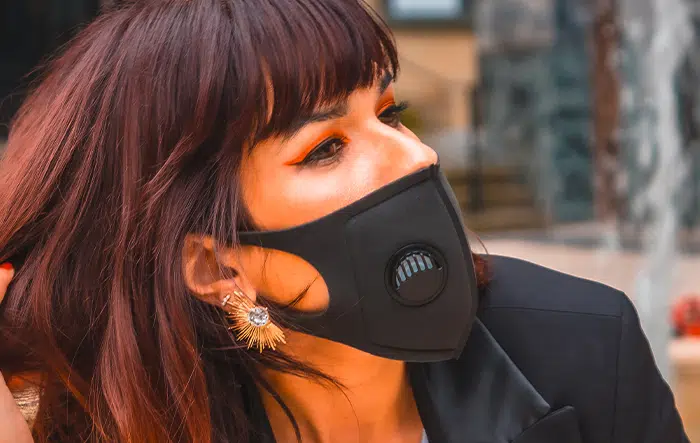



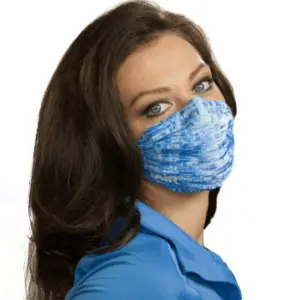







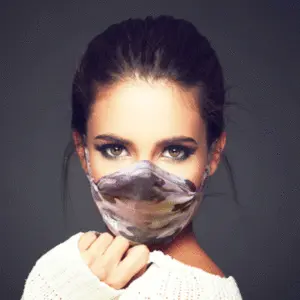
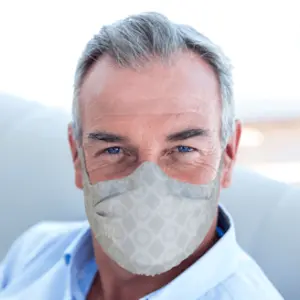




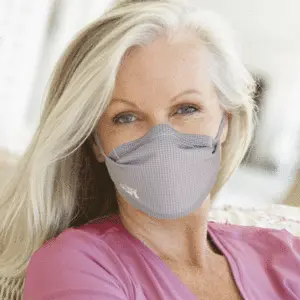

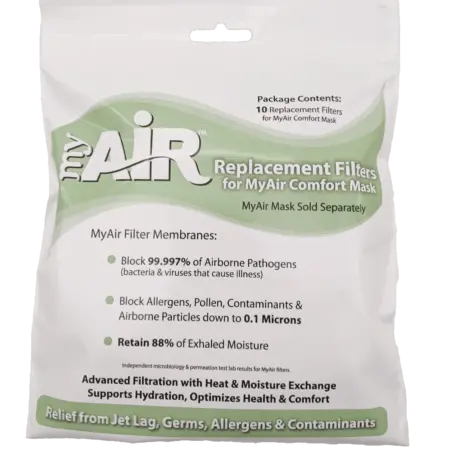
0 Comments